Daily Update 3.3
Week 4: Module 3: Date 2/28/13
Temperature. Everybody knows what temperature is, some people measure it in Fahrenheit, others in Celsius, but we all understand hot and cold. There are many animals, including us, that are adapted to live in a specific range of temperature. 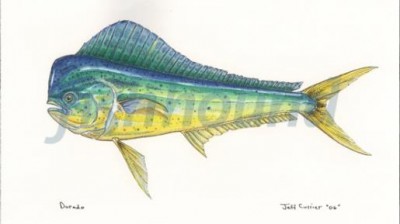
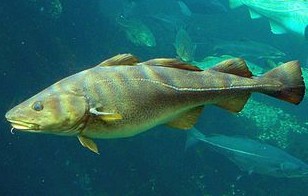
The Mahi Mahi (left) prefer temperatures of 18-30°C (68-86°F), while the Atlantic Cod prefer temperatures more in the range of 1-8°C (34-46). It is fairly obvious that ocean temperature can play a large role in fish habitat. Those of us who have had the pleasure of swimming in the ocean in the Pacific Northwest know very well how ocean temperature can affect a species!
But temperature has a much greater role in the ocean than just creating nice places to swim, it can affect many things. Temperature plays a role in salinity, dissolved oxygen (more on this tomorrow), density and a great many other things. Air, surface and beneath the surface temperatures can all have a great impact on habitats.
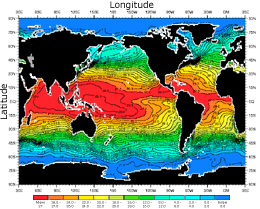
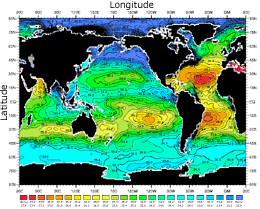
The two images above show surface temperature (left) and salinity (right). Notice any patterns?
One of the largest effects temperature has is created by its relation to density. Heavy, dense things sink, the same thing is true for water. The less dense (warmer) water floats on top of the denser water. As the water cools it sinks causing an upwelling of water from below. This action is responsible for the deep ocean currents.
Surface currents are a function of wind. Compare the following maps, notice any similarities?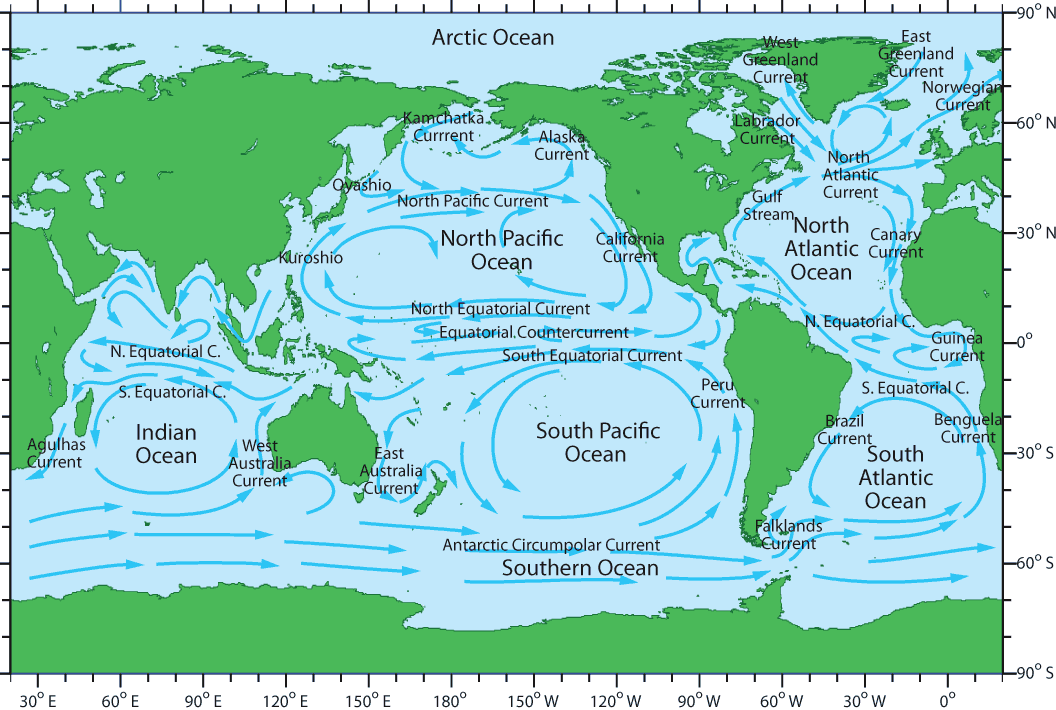
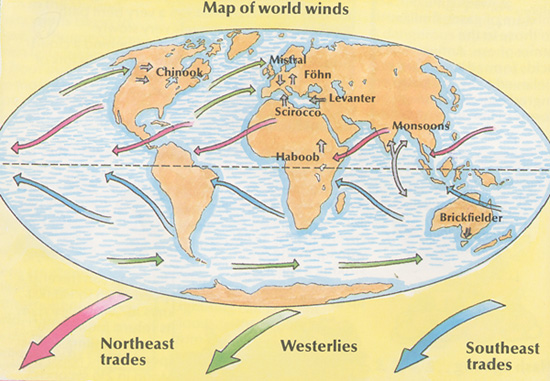
As we have seen, temperature variations can have a very large impact on the world. Tomorrow we will explore dissolved oxygen and temperatures’ impact on it.
Sources and more information:
http://marinebio.org/oceans/temperature.asp
http://oceanworld.tamu.edu/resources/ocng_textbook/chapter06/chapter06_05.htm
